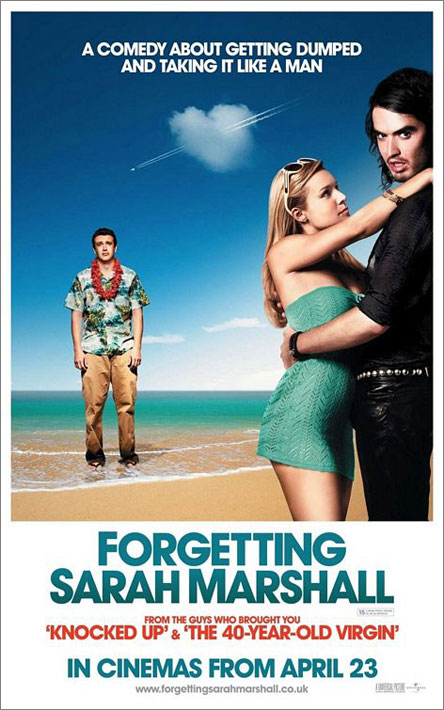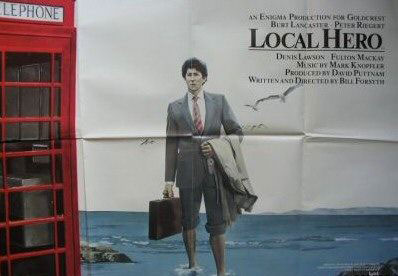
I’ve been too busy to write or see much recently, but last month I caught up with two behemoths whose considerable reputation preceded them. By pure coincidence both are from Portugal. The first, Pedro Costa’s Colossal Youth, which premiered in Cannes two years ago and has since become one of the most praised films in the cinerati blogosphere, popped up at MoMA. I missed its week long run (preceding a Costa restrospective) at Anthology last summer, maybe deliberately (on the last night of its run a friend—who shall remain nameless—and I bailed on it at the last minute and went to see The Simpsons Movie instead). Not for the impatient of heart, Colossal Youth is 155 minutes of artfully composed monologues set in the slums of present day Lisbon and shot on grainy video.
Then a week later at BAM I saw Manoel de Oliveira’s Francisca from 1981 (made when Oliveira, who turns 100 this year and who showed up a couple of times in Brooklyn last month for his retrospective, was a boyish 72). Francisca is a film I’ve wanted to see ever since I read in the early 90s that J. Hoberman voted it his favorite film of 1984 in the Village Voice (placing it over Stranger than Paradise, Tarkovsky’s Nostalghia, Leone’s Once Upon a Time in America and, notoriously, Cindi Lauper’s “Girls Just Want to Have Fun” video). Francisca is 166 minutes of artfully composed dialogues set in the drawing rooms of 19th Century Oporto and shot on grainy film (at least the print we saw was grainy, not to mention out of focus half the time).
Both films are tough going but both have an incredible cumulative impact and an indelible strangeness. They also have a lot in common. I haven’t read anything about Oliveira’s influence on his younger compatriot but it seems inevitable. Neither Costa nor Oliveira move the camera much, most of their scenes are composed of long single shots, and in both people often speak (or rather declaim) while facing the camera. Both films are fond of gloom and shadows, both films center on love letters, both involve repetition of texts. And both are horror movies of sorts. Colossal Youth, with its wandering hero Ventura appearing in room after room visiting acquaintances has been called a zombie movie (though it’s the zombies of Jacques Tourneur not George Romero), and in Francisca, whose eerie atonal soundtrack adds to the fear factor, the main character is at his nadir described as a werewolf.
The other highlight of the Oliveira retro for me was the programme of his early shorts, all in stunning restored prints. His first film, Working on the River Douro was made in 1931 and though it’s become almost banal to talk about Oliveira’s age in relation to his work, it’s still extraordinary to imagine that the man who made this silent city symphony is still working today. A stirring synthesis of Eistenstein and Flaherty, River Douro probably has more individual shots in its 19 minutes than his past ten films combined. After that we leapt forward a quarter century to another urban rhapsody, this time in glorious color, The Painter and the City; the commissioned seed-to-dinner table study of Bread; and the rambunctious and slightly bizarre 1963 short The Hunt which preys on my childhood fear…drowning in quicksand.





